Best of India Tours
- Golden Triangle Tour- Best of India & Nepal
- Classical Rajasthan
India Cultural Tours
- Images of North India- Karnataka Heritage
- Rajasthan & Goa Tour
Discover India Tours
- Grand India Tour- North to South India
- Central to South India
Rajasthan Tours
- Classical Rajasthan Tour- Golden Triangle Tour
- Grand Mughal Tour
India Luxury Trains
- Palace on Wheels- The Golden Chariot
- India Deccan Odyssey
- The Indian Maharaja
- Royal Rajasthan on Wheels
Nepal Tours
- Glimpses of Nepal- Buddhist Pilgrimage
- Nepal River Rafting
- Destinations of Nepal
- Nepal General Info
India Wildlife Tours
- North India Wild Life- South India Wildlife
Tibet Tours
- Tibet Monastery Tours- Explore Tibet
- Destinations of Tibet
Spa & Yoga Tours
- Ananda in Himalayas- Yoga & Meditation
Adventure Tours
- Manali Safari Tour- Himalayan Trekking
- Horse Safari
Hyderabad
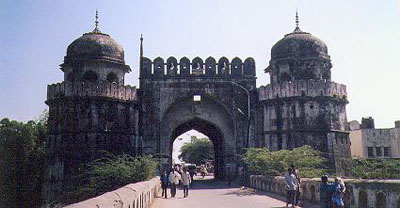
Hyderabad, the city of Charminar and capital of Andhra Pradesh, was founded by Quli Qutab Shah. Legends say that the foundation of the city is the result of a love story between the prince and a village belle. To appease his beloved, Bhagmati, he named the city Bhagnagar (the city of good fortune) which later changed to Hyderabad. Modelled after Isfaan in Iran, the city was meant to be a symbol of the might of the Qutab Shahi rulers. When it was completed in 1592, the city received lavish praises from many visitors including Tavernier and Abbe Carr.
Hyderabad is also the city of fabulously rich Nizams, the stories of whose hordes of gold, diamonds and pearls spread far and wide. Present-day Hyderabad is a place where tradition and modernity meet: besides preserving its rich cultural heritage, the city has also emerged as a frontrunner in the field of information technology.
Sightseeing
Being a city that has been in the centre of affairs for around 400 years, Hyderabad has many interesting places that attract tourists from far and wide. The Charminar occupies the centre of the city and dominates its landscape. The Hussain Sagar is a large tank whose blue water provides a pleasant backdrop to the city’s landscape. Salar Jung Museum is one of the best-known museums in India where you can find private collections of the Nizams. Other important attractions in the city include Naubat Pahad, State Central Library, and Osmania University.
Excursions
The medieval age was the time of great artistic and architectural development in South India, particularly the region of Deccan. Much more calmer than its northern neighbourhoods, cities and buildings of high aesthetic value were created in this region that still make their impact on the imagination of the visitors. The Golconda Fort was the power centre of Qutab Shahi dynasty during the 16th and 17th century before Aurangzeb came to annex the region. Warangal was the capital of Kakatiyas and they created some wonderful monuments to mark their authority. Bidar was the capital of mighty Bahamani Empire while remains in Nagarjunakonda show some strong Buddhist influence.
Charminar
Situated in the heart of Hyderabad, the grand Charminar has four wide roads radiating in the four cardinal directions. You can see the four minarets from miles. It is a square structure, each measuring 100 feet and a high central pointed arch. There are numerous small decorative arches arranged vertically as well as horizontally on the whole edifice. The structure has been made elegant by adding the projected canopy, ornamental brackets and decoration in stucco plaster. The Charminar has two galleries, one over other. The exterior of the Charminar is its most
beautiful part, surrounded by a thriving market. There are four magnificent arches known as Char Kaman situated near Charminar. They were the gateway to Zilu Khana or antechamber of the royal palace. The arches have been named Machli Kaman, Kali Kaman, Sher Gil Ki Kaman, and Charminar Ki Kaman.
Hussain Sagar Lake
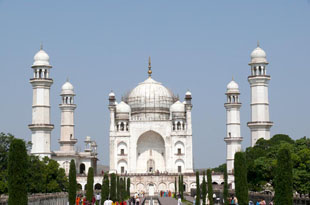
Built by Ibrahim Qutab Shah in 1550, the Hussain Sagar Lake is a large artificial lake lying between Hyderabad and Secunderabad. The lake was created in gratitude to Hussain Shah Wali, who had cured Ibrahim Qutab Shah of a disease. A huge statue of Lord Buddha has been put into the centre of the lake.
Salarjung Museum
The Nawab/’s collection of European art, glass and Chinese jade, ivory, porcelain, bronzes, illuminated manuscripts and jewelled weapons, including the Empress Noor Jehan/’s bejewelled dagger and the Nawab/’s own diamond-encrusted sword, is now housed in a big government building called the Salar Jung Museum. The collection in the Salar Jung Museum is the labour of love of a single family who had been invested with the title of Salar Jung Bahadur. Today the museum is under a board set up by an Act of Parliament and housed in its own building.

Osmania University
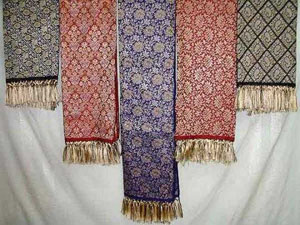
The University was established in the year 1918 and named after its founder, the then ruler of Hyderabad Nawab Sir Mir Osman Ali Khan Bahadur. Today, the university is one of the largest in India and attracts students not only from its home state but from all over the country and even abroad.
State Central Library
Located in Afjalgunj, the library was initially known as Asafia Library and then Hyderabad State Library. It is considered as one of the best among the Indian manuscript libraries. The library was established in 1891 by Nawab Imad-ul-Mulk, Director of public institutions in Nizam/’s Government.
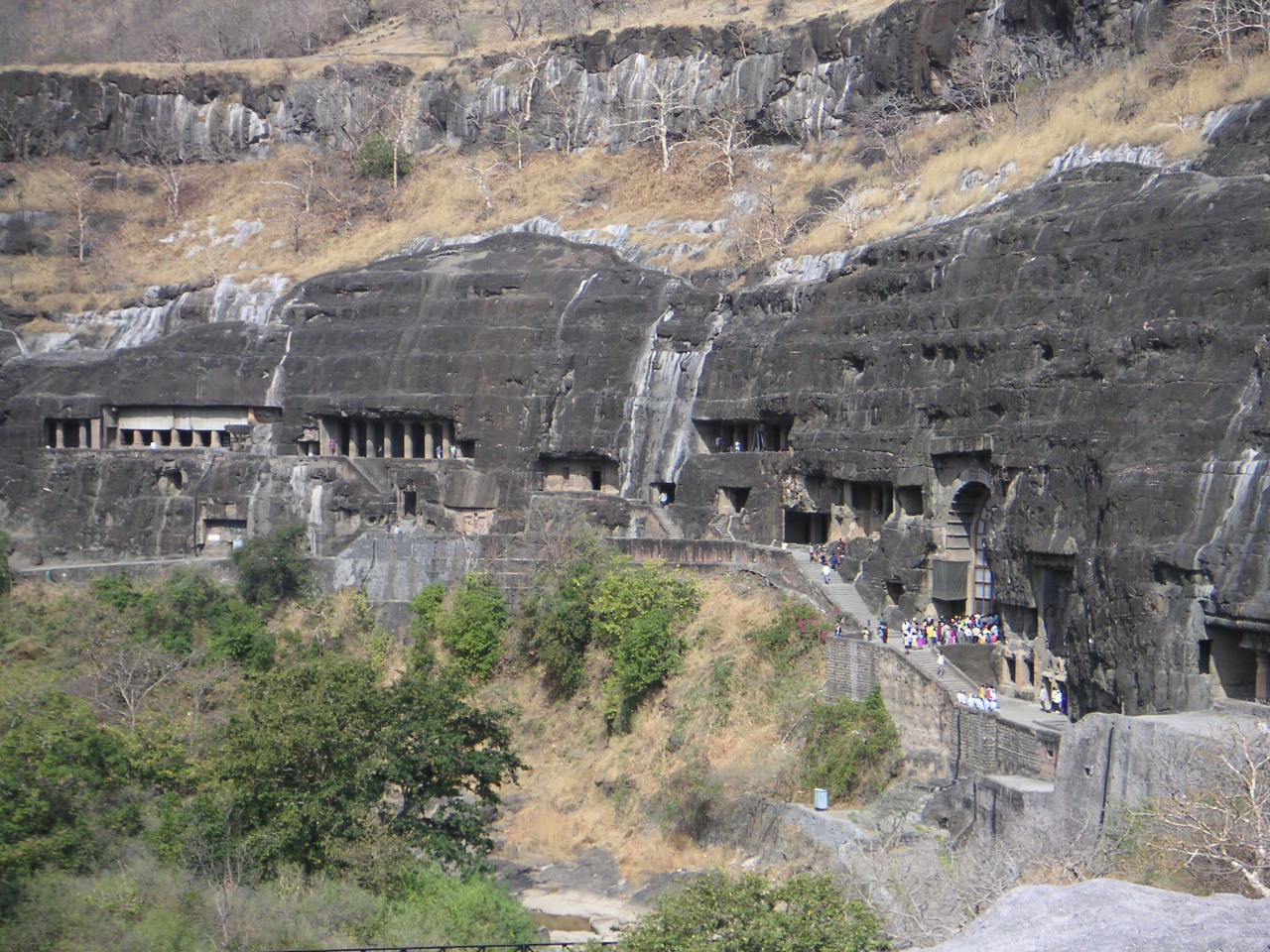
Naubat Pahad
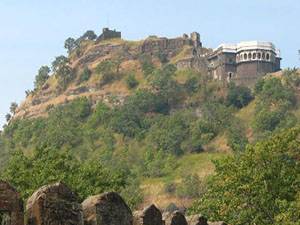
Naubat Pahad is a hilltop tourist spot that gives superb views of Hyderabad. On the top of the hill is Birla Temple, B.M. Birla Science Centre, and the Archaeological Museum. In old days royal firmans (announcements) were read to the people to the beat of drums from this hilltop.
Fact File
 Population:3,058,093 (1991)
Population:3,058,093 (1991)
 Altitude: 537 metres above the sea level
Altitude: 537 metres above the sea level
 Languages:Telugu, Urdu and English
Languages:Telugu, Urdu and English
 STD Code: 040
STD Code: 040
 Best time to visit:October to February
Best time to visit:October to February




